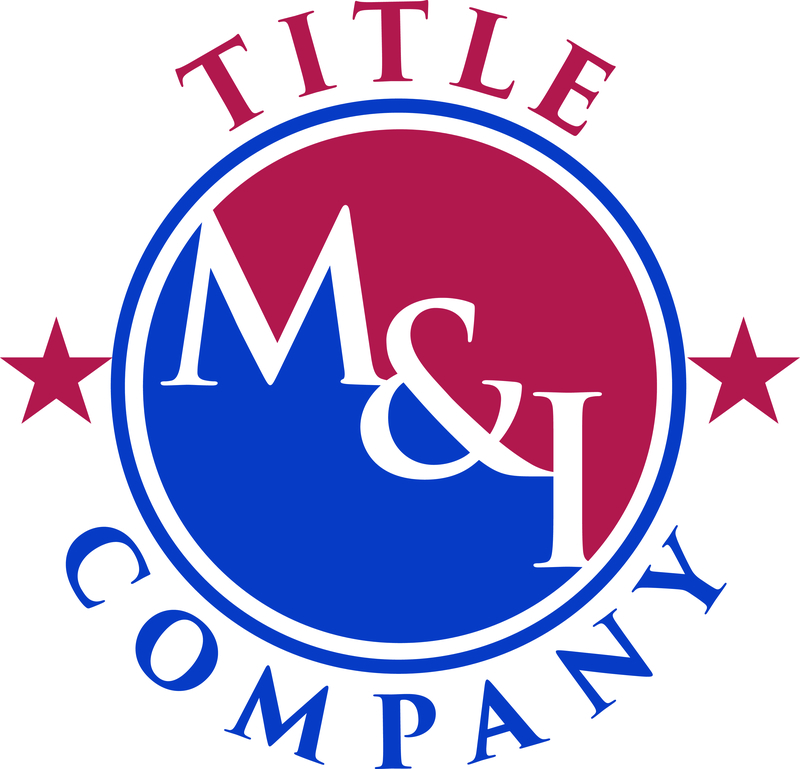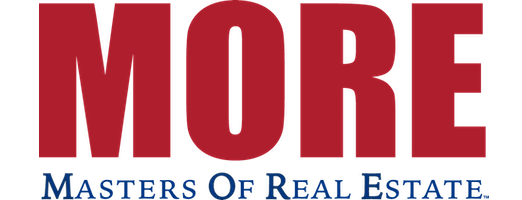 HUD released its U.S. Housing Market Conditions report for the 2nd quarter of 2011 which stated “housing data for the second quarter of 2011 indicate that the recovery in the housing market continues to remain fragile.” This did not come as a surprise, but what I did find a little surprising was the report showed that the market for new homes performed better than that for existing homes. The number of new homes sold rose in the second quarter and the year-over-year median sales price of new homes was up slightly. In contrast, the number of existing homes sold in the second quarter fell and the year-over-year median sales price of existing homes was down.
HUD released its U.S. Housing Market Conditions report for the 2nd quarter of 2011 which stated “housing data for the second quarter of 2011 indicate that the recovery in the housing market continues to remain fragile.” This did not come as a surprise, but what I did find a little surprising was the report showed that the market for new homes performed better than that for existing homes. The number of new homes sold rose in the second quarter and the year-over-year median sales price of new homes was up slightly. In contrast, the number of existing homes sold in the second quarter fell and the year-over-year median sales price of existing homes was down.
Highlights from the report:
- The popularity of FHA loans grew in terms of both dollar volume and number of loans during the first quarter of 2011. Based on loan origination data, the FHA’s dollar volume share of the mortgage market was 14.7 percent, up from 14.5 percent in the fourth quarter of 2010 but down from 16.2 percent a year earlier. For home purchase loans, the FHA’s dollar volume share was 25.5 percent, down from 32.3 percent in the fourth quarter and 29.3 percent a year earlier. For refinance loans, the FHA’s dollar volume share was 8.8 percent in the first quarter, down from 9.4 percent in the previous quarter and 9.2 percent a year earlier. Based on the number of loans originated, the FHA’s share of the mortgage market reached 17.1 percent in the
first quarter, up from 16.5 percent in the previous quarter but down from 19.2 percent a year earlier. For
home purchase loans, the FHA’s share of the number of new mortgage loans was 29.8 percent, down from
37.2 percent in the previous quarter and 33.7 percent a year earlier. The FHA’s share of the number of new
refinance loans was 9.9 percent in the first quarter, down from 10.1 percent in the previous quarter and
10.7 percent a year earlier.
■ Home builders’ optimism dropped slightly in the second quarter of 2011. The NAHB/Wells Fargo composite
Housing Market Index was 15, down 1 point from the first quarter and 4 points from a year earlier.
The fall in the index was primarily driven by expected future sales which dropped from 25 to 19 points.
The composite index is based on three components— current market activity, future sales expectations, and
prospective buyer traffic—and ranges from 0 to 100. - Housing affordability, as measured by the NAR Housing Affordability Index, decreased in the second quarter of 2011. The NAR composite index estimates that a family earning the median income had 177.2 percent of the income needed to purchase a median-priced, existing single-family home, using standard lending guidelines. That value is down 12.8 percentage points from the previous quarter but up 10.3 percentage points over the four-quarter period. The decline in affordability is attributed to an 8-percent increase in the median sales price of existing single-family homes, which more than offset a 0.1-percent increase in median family income and a 5-basis-point decline in mortgage interest rates
- Estimates from the MBA’s quarterly National Delinquency Survey showed that, although the delinquency rate on mortgage loans on one- to four-family units increased slightly in the first quarter of 2011, seriously delinquent mortgages (90 days or more delinquent or in the foreclosure process) and newly initiated foreclosures fell during the quarter. Delinquency rates declined for FHA loans but increased for both prime and subprime mortgages. The percentage of mortgage holders seriously delinquent on their mortgages dropped for the fifth consecutive quarter and foreclosure starts are at their lowest level since the last quarter of 2008. According to the MBA, in the first quarter of 2011 the (SA) delinquency rate for all mortgage loans was 8.32 percent, up from 8.25 percent in the previous quarter but down from 10.06 percent a year earlier. The (SA) delinquency rate for prime mortgages was 5.50 percent, up slightly from 5.48 percent in the fourth quarter of 2010 but down from 7.32 percent a year earlier. The (SA) delinquency rate for subprime mortgage loans was 24.01 percent, up from 23.09 percent in the previous quarter but down from 27.21 percent a year earlier. For FHA loans in the MBA survey, the (SA) delinquency rate was 12.03 percent, down from 12.27 percent in the fourth quarter and 13.15 percent a year earlier.
- Newly initiated foreclosures represented 1.08 percent of all mortgage loans in the first quarter, down from 1.27 percent in the fourth quarter of 2010 and 1.23 percent a year earlier. The rate of newly initiated foreclosures on prime loans was 0.86 percent, down from 1.05 percent in the previous quarter and 0.92 percent a year earlier. Foreclosures started on subprime loans fell to 3.08 percent, down from 3.37 percent in the fourth quarter and 3.35 percent a year earlier. Not all newly initiated foreclosures end in foreclosure completions. Before the recent slowdown in the processing of foreclosures, approximately 52 percent of newly initiated foreclosures were completed 6 months later, which had been the average length of time for the processing of foreclosures.
- The national homeownership rate for the second quarter of 2011was 65.9 percent, down from 66.4 percent in the previous quarter and 66.9 percent a year earlier. The national homeownership rate has not been this low since 1998. The homeownership rate for minority households decreased to 47.8 percent from 48.3 percent in the previous quarter and 49.0 percent a year earlier. The decline in homeownership reflects the subprime lending crisis, the high rates of unemployment, and the recent severe recession.



Leave a Reply
You must be logged in to post a comment.